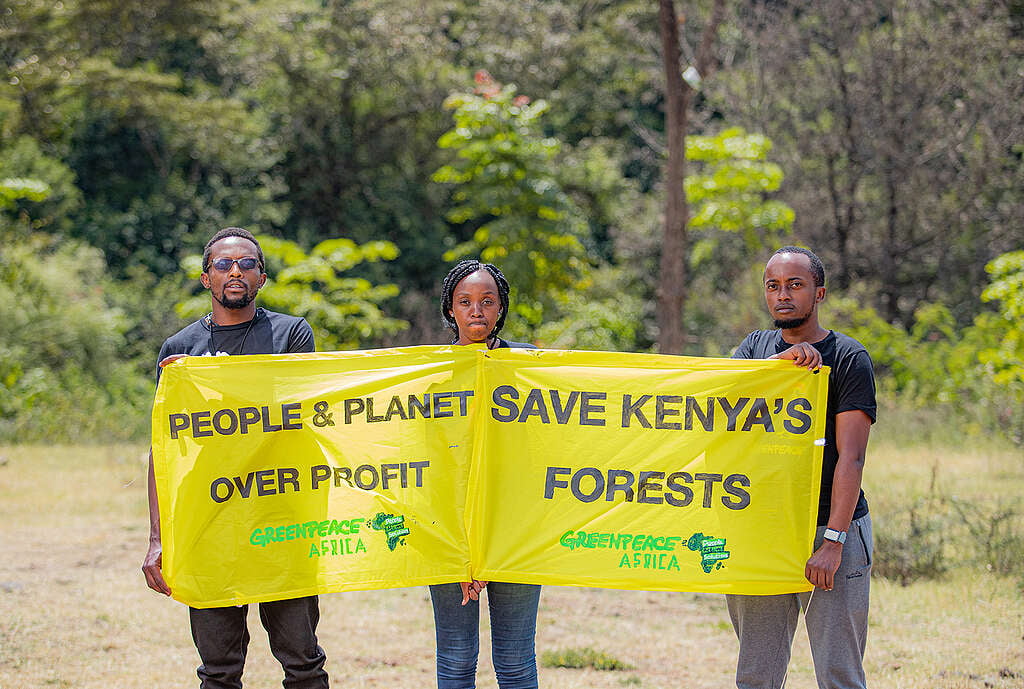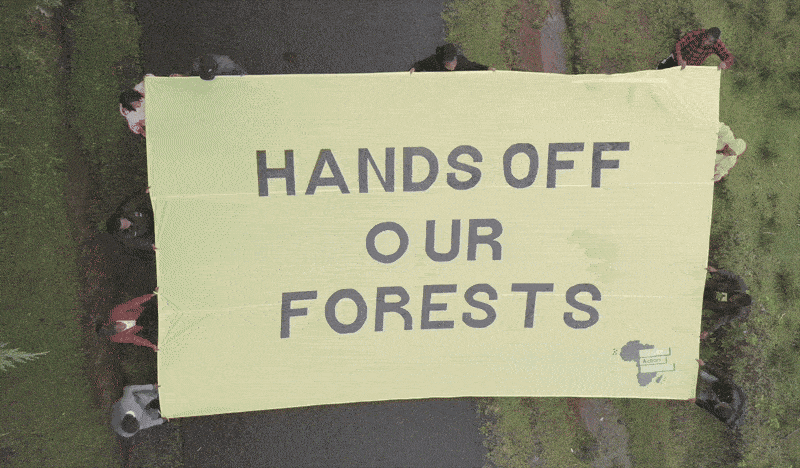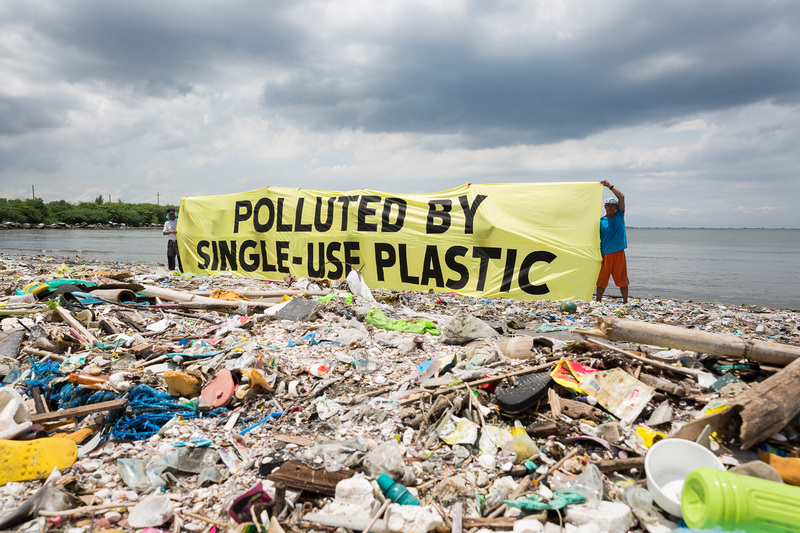
Karura Forest has always stood as more than just a patch of green in the middle of Nairobi. It is a living symbol of resilience, a reminder of the battles Kenyans have fought for decades to defend their right to breathe clean air, to find peace in nature, and to preserve spaces where future generations can thrive. Last week, this legacy was reaffirmed when the Environment and Land Court delivered a historic ruling that stopped a plan to carve out more than 51 acres of the forest for the expansion of Kiambu Road. Instead, the court permitted the use of only 0.1233 hectares, a sliver of land no bigger than a basketball court.
The ruling was not just about numbers. It was about justice. The Kenya National Highways Authority, backed by the Kenya Forest Service, had sought to grab an area equal to 28 football fields. In doing so, they disregarded due process, sidestepping public participation and undermining constitutional rights. But the courts, pressed by civil society and a wave of public outcry, drew the line. They protected one of Nairobi’s most vital green lungs, a sanctuary of rivers, waterfalls, caves, and more than 200 species of wildlife. For the 50,000 Nairobians who walk, run, and cycle in Karura every year, this was not just a legal win. It was the safeguarding of a cherished part of their lives.
Behind this victory is a story of resistance. Civil society groups, including the Green Belt Movement, Katiba Institute, Natural Justice, and the Law Society of Kenya, took the matter to court, demanding accountability. Their legal fight was matched by the voices of thousands of Kenyans who refused to let Karura be reduced to another casualty of land grabbing. Through advocacy and petitions, including Greenpeace Africa’s ongoing campaign to protect Kenya’s forests, public pressure helped keep Karura in the national spotlight. The judgment is proof of what can happen when public outcry meets strong legal action.
The win is worth celebrating, but it is also a reminder that Kenya’s forests remain under constant threat. Too often, the very institutions tasked with protecting these lands are the ones opening doors to exploitation. Vigilance must not waver. Karura cannot be an exception; it must set a precedent. From Ngong Road Forest to Aberdare, every green space deserves the same scrutiny, the same fierce defense, and the same unshakable public commitment.
This moment carries a challenge not just for Kenyans, but for all who care about the future of our planet. The ruling is a powerful reminder that citizens are not powerless; when people unite, organize, and demand better, even the most entrenched interests can be stopped. It speaks especially to the younger generation, who inherit both the climate crisis and the courage of leaders like Wangari Maathai, who once stood against violent opposition to protect Karura. The struggle she led in the 1990s echoes far beyond Nairobi, reminding us that environmental justice is inseparable from democracy, human rights, and the fight for dignity everywhere.Greenpeace Africa will continue to act in solidarity with communities, not only celebrating this win but pushing for stronger protections for forests across Kenya and the continent. We are calling on people everywhere to add their voices to this fight by signing the petition and holding leaders accountable for their promises to protect and restore our forests.

Iconic Kenyan forests making up almost 10 times the size of Nairobi are under threat.
Get Involved


